Carbon Stewardship of National Forests and Grasslands
The Michigan State University Forest Carbon and Climate Program has launched a three-module short course titled “Carbon Stewardship of National Forests and Grasslands,” which was co-developed by the Northern Institute of Applied Climate Science (NIACS), a collaborative, multi-institutional partnership led by the USDA Forest Service and through additional support from the USDA Forest Service.
This free, publicly available short course aims to inform land management planning and projects on National Forest System lands, with the intended audience of USFS employees and those who frequently engage with FS lands and their respective managers. This course aims to address knowledge gaps surrounding forest management as it relates to carbon storage and climate change.
This course consists of three modules, outlined below:
- Policy frameworks and Carbon 101
- Forest and Grassland Carbon Dynamics
- Climate Change & Carbon Stewardship
All of which outline and explore key terms and concepts related to federal land management, carbon cycle science, and interactions with sustainable management and climate change.
Short Course
Module 1: Policy frameworks and Carbon 101
This two-presentation module introduces learners to the basic policy frameworks that guide decision making on National Forest Service land. Learners will gain an understanding of key policies that dictate how management can occur on Forest Service Lands, including the Multiple Use Sustained Yield Act, the National Forest Management Act, the National Environmental Protection Act, and more.
The second presentation introduces key concepts related to forestry, carbon, and climate science. This presentation dives into carbon storage and cycling in forests and grasslands, introducing the idea of natural lands as carbon pools. It also provides context on how anthropogenic activities have altered natural climate processes. Learners will also gain an understanding of how harvested wood products affect carbon storage in the short and long term.
Module 2: Forest and Grassland Carbon Dynamics
The second module provides a deeper dive into forest and grassland carbon dynamics. The first presentation covers forest stand age carbon dynamics, discussing different successional pathways and how they influence carbon storage. This presentation also examines how different disturbances influence carbon pools, providing examples of large- and small-scale disturbance events frequently seen on federal lands.
The next presentation gets into the heart of management—why do it, and what are the benefits? This presentation covers tradeoffs, both economic and environmental, of harvest. In this presentation, learners will walk through a case study of an Army base in Georgia that uses prescribed fire to reduce the likelihood of uncontrolled wildfire outbreaks.
Module 3: Climate Change & Carbon Stewardship
The Carbon Stewardship intensive concludes with a three-presentation module diving into the relationship between carbon stewardship and climate change. The first presentation will provide a deeper dive into national climate trends, making the case for increased climate smart management activities. Then, climatic changes are connected to compositional shifts in forests and grasslands, emphasizing the need for adaptive management. Resources for land managers are linked throughout the presentation, giving learners solid takeaways from the course.
The next presentation defines carbon stewardship and stability, providing key principles and definitions. This presentation links mitigation planning and adaptation strategies, cementing the relationship between the two and establishing a basis of understanding for the final presentation of the course.
The final presentation, Stewardship, Planning, and Adaptation, provides examples of different management techniques and their carbon impacts. It provides a comprehensive overview of the Adaptation Workbook, a guide developed by the Northern Institute of Applied Climate Science that provides management options for land managers to choose from, based on site conditions and local needs.



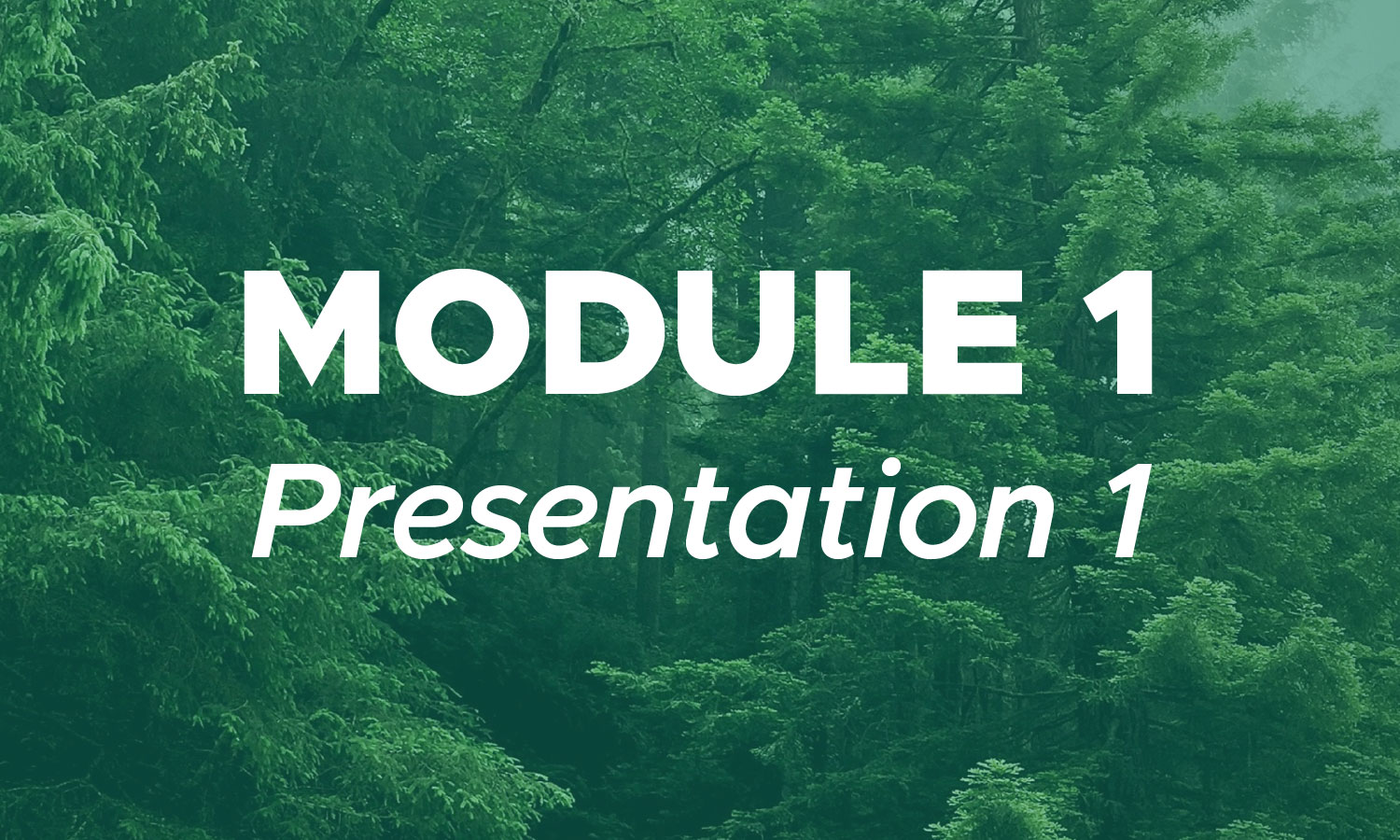

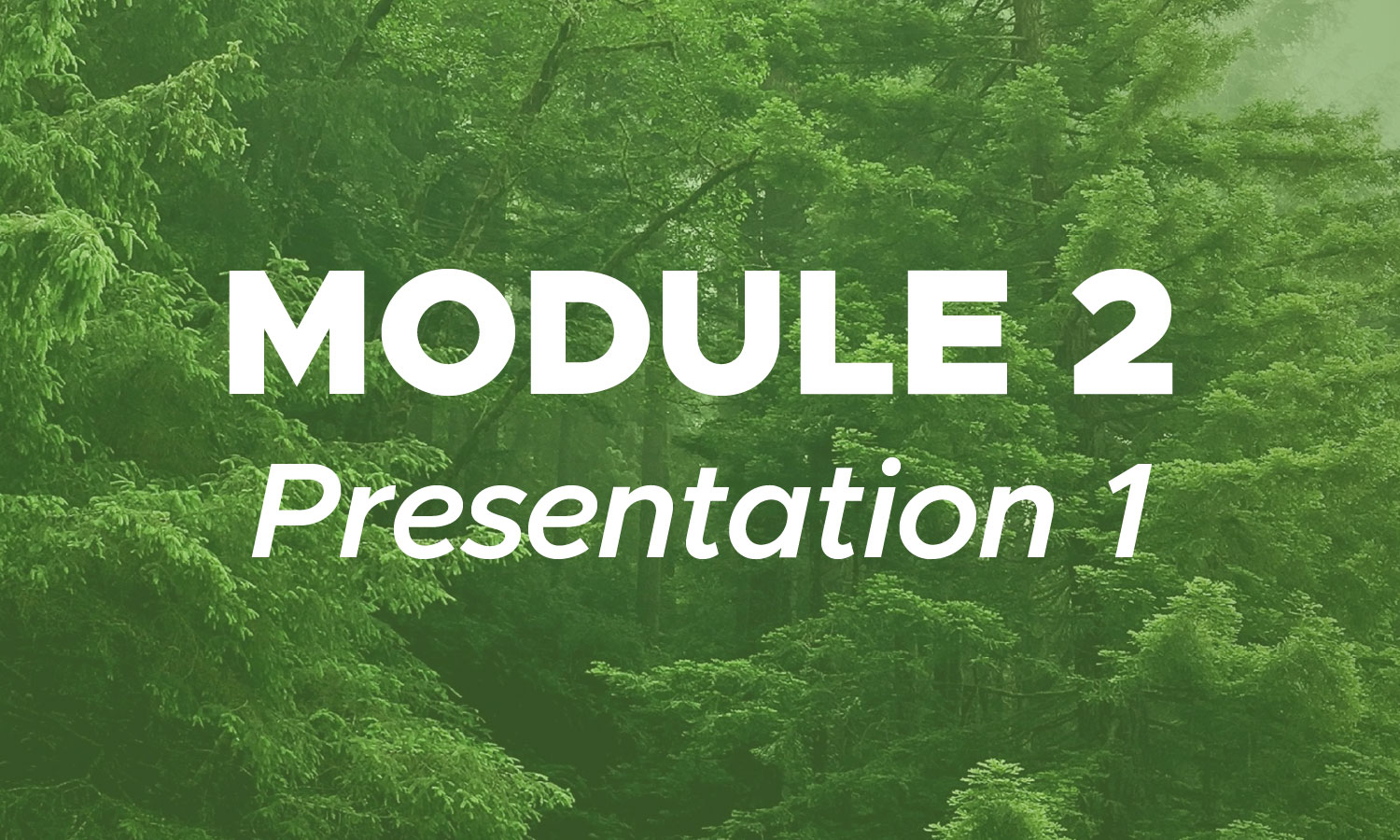
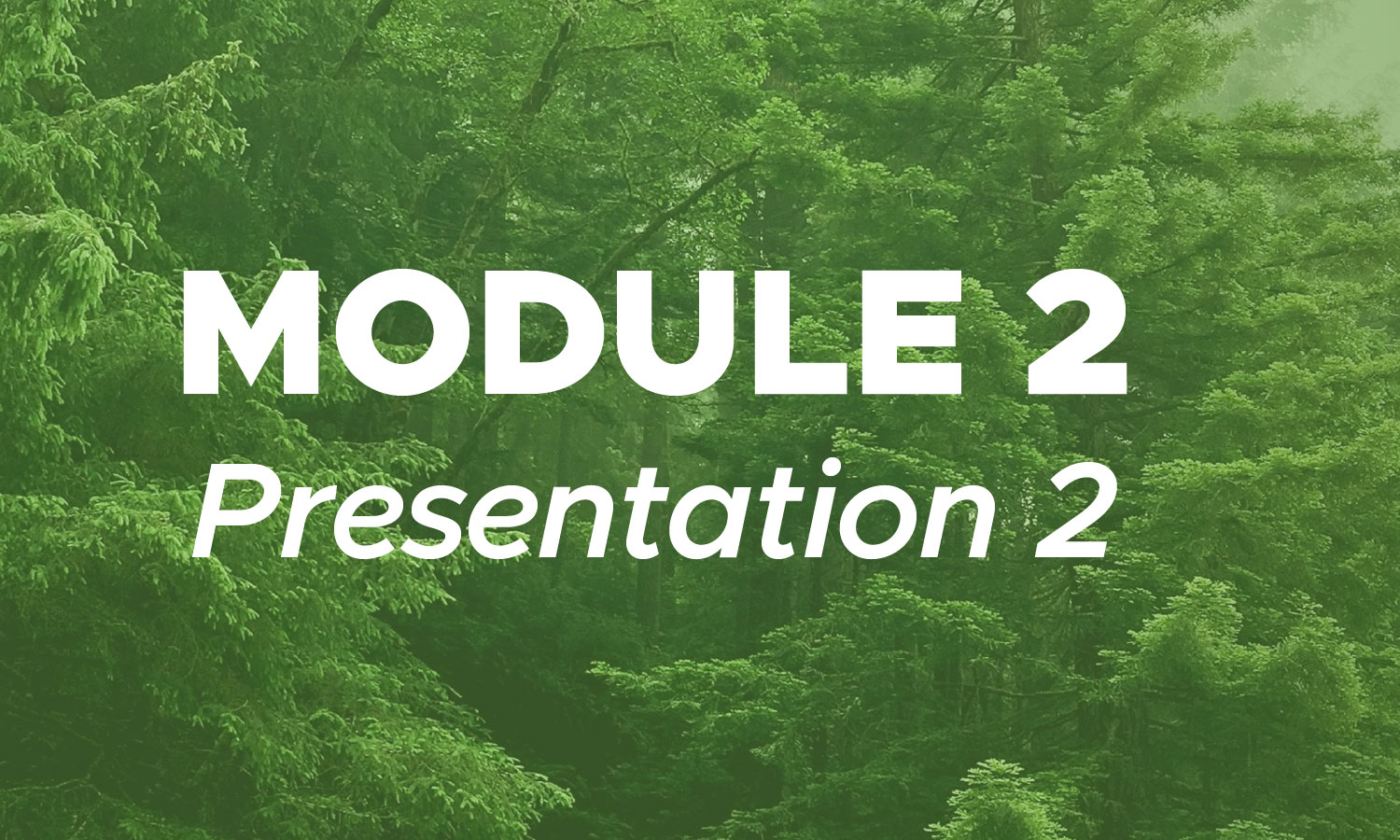

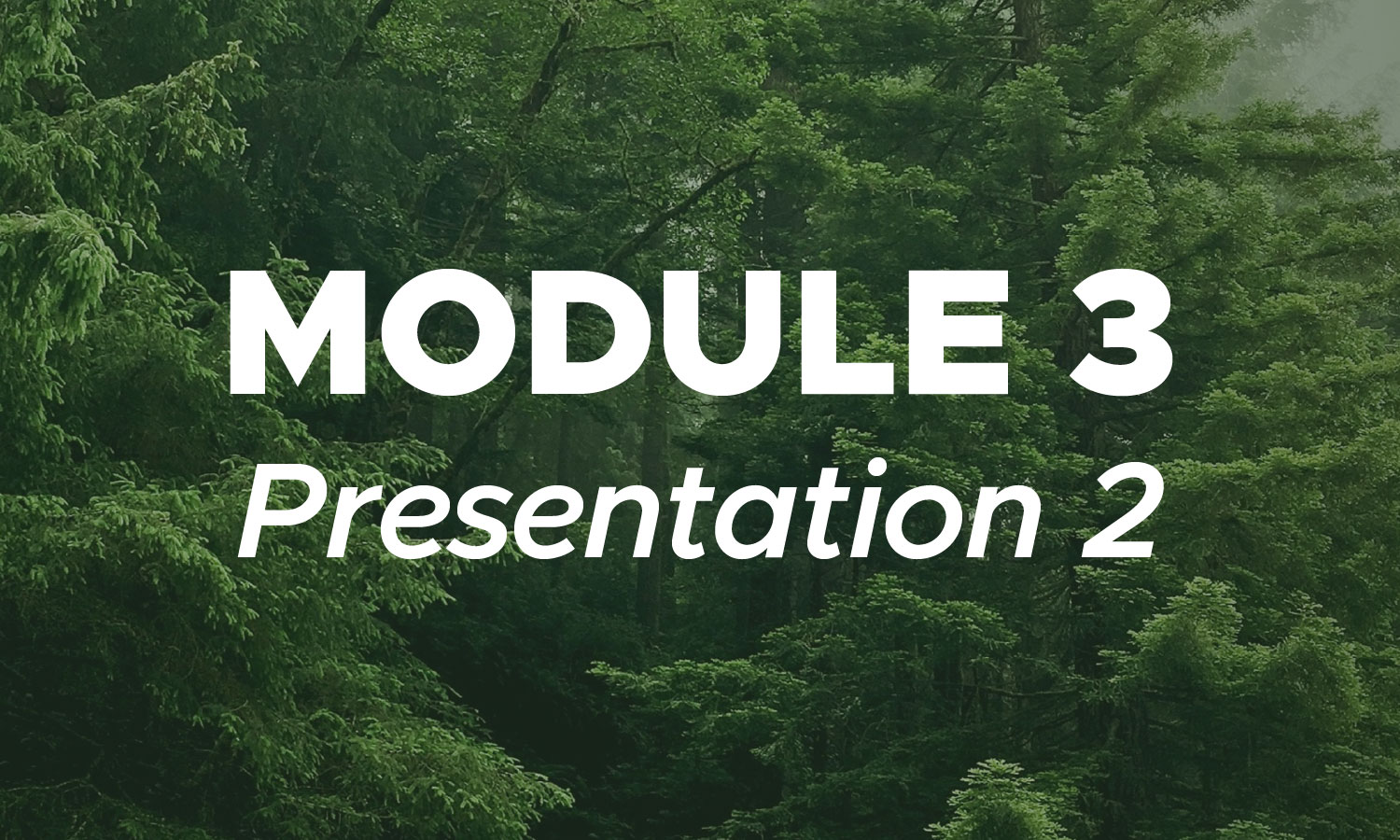
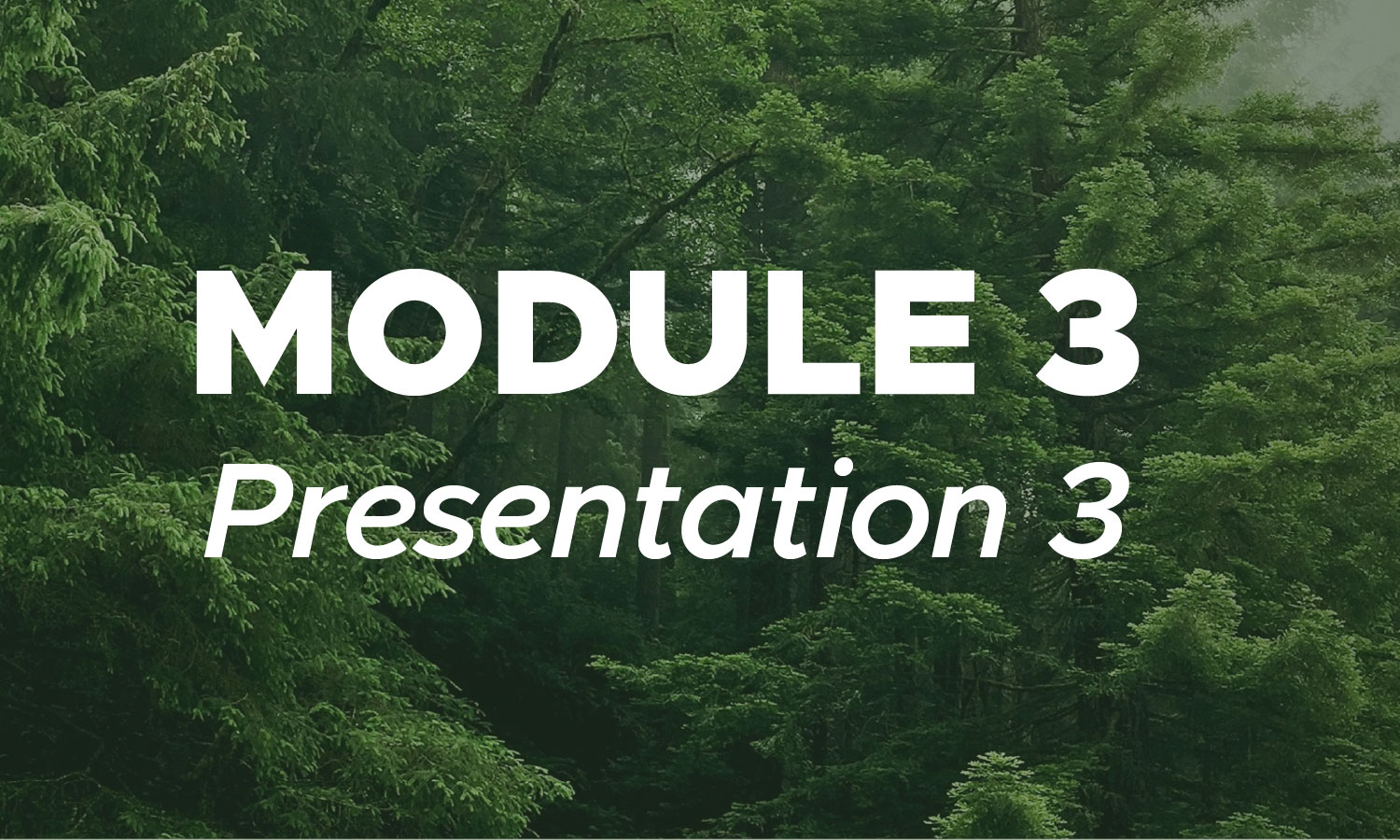
 Print
Print Email
Email